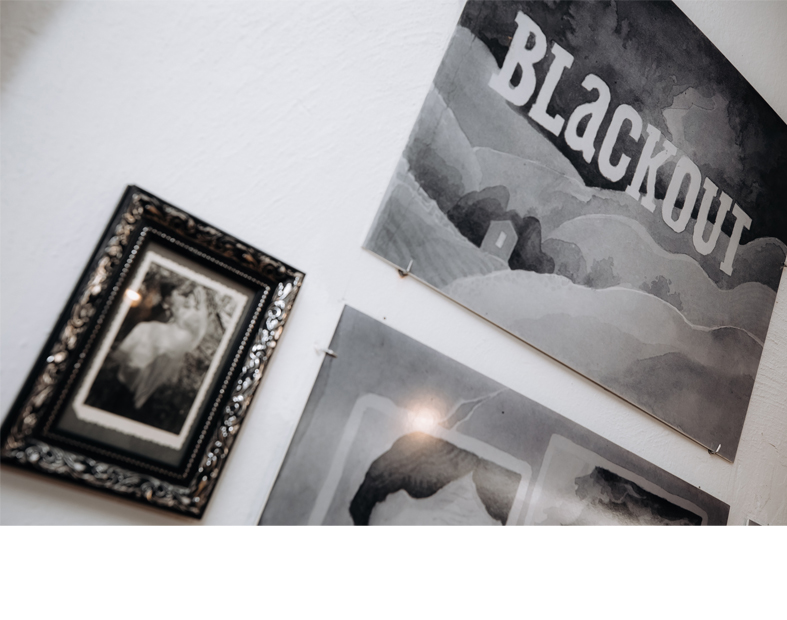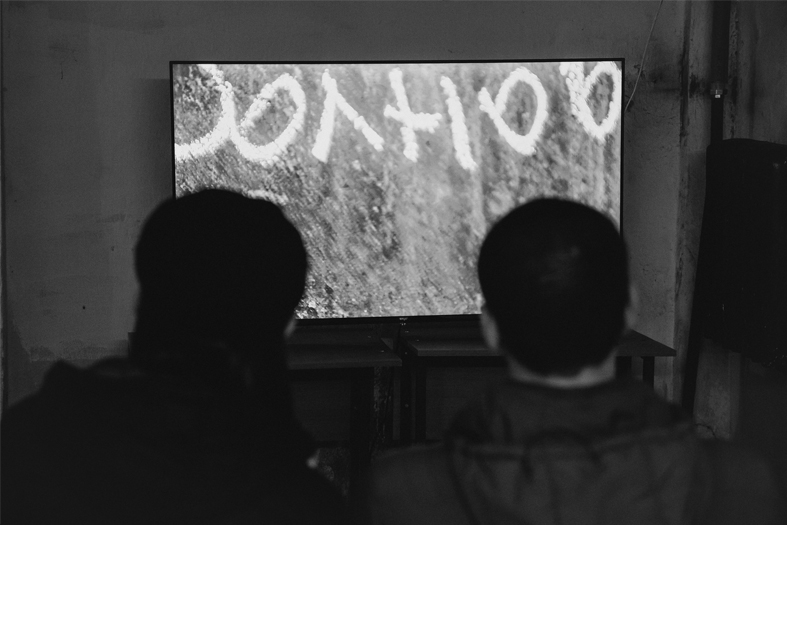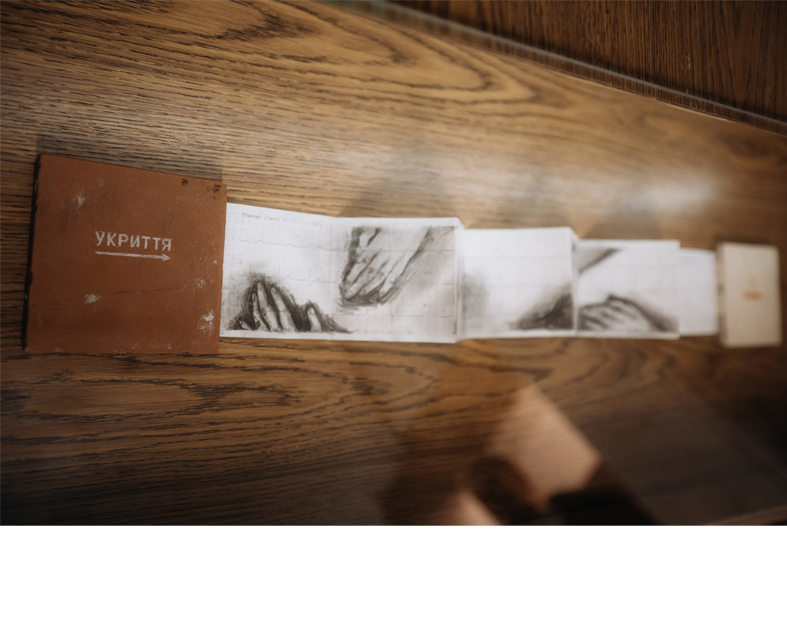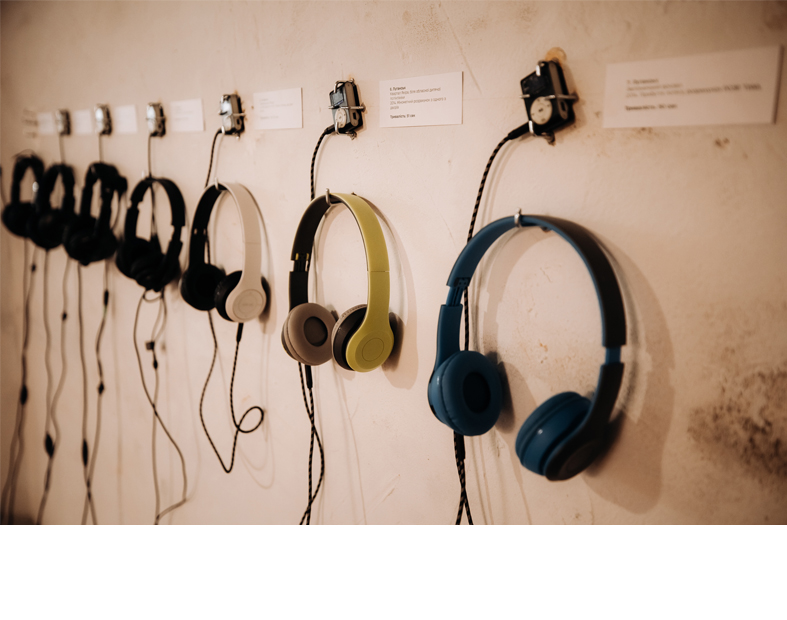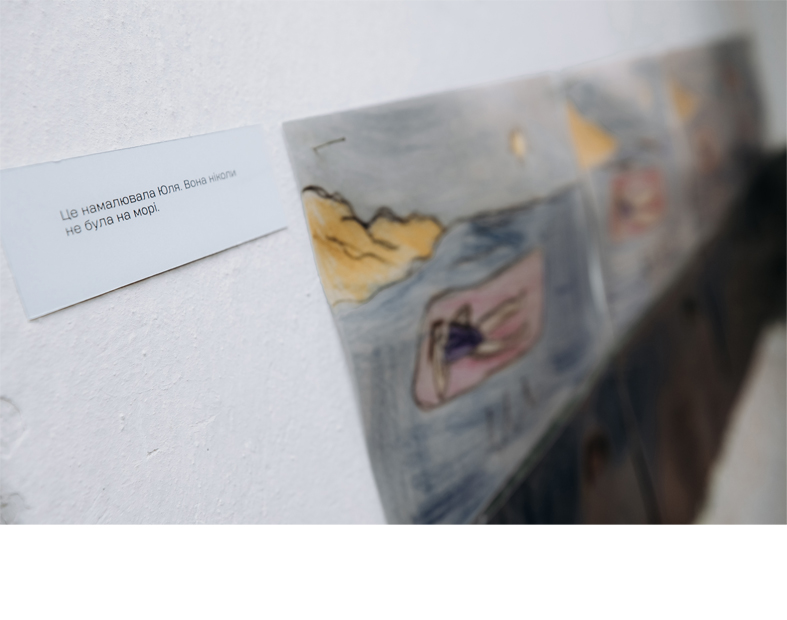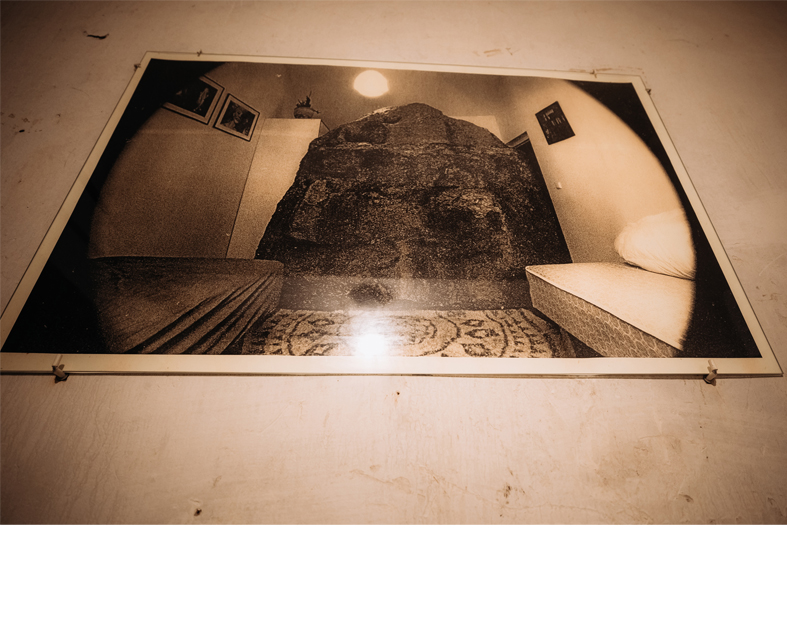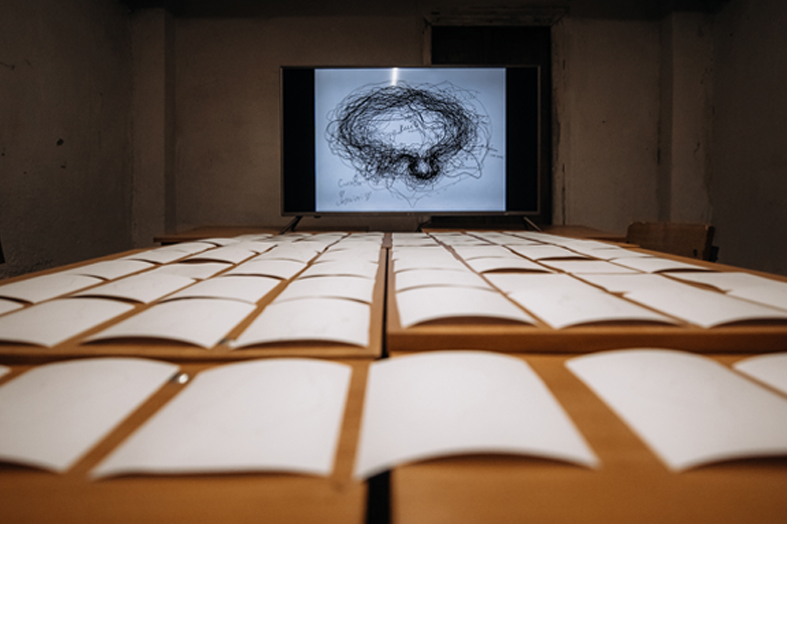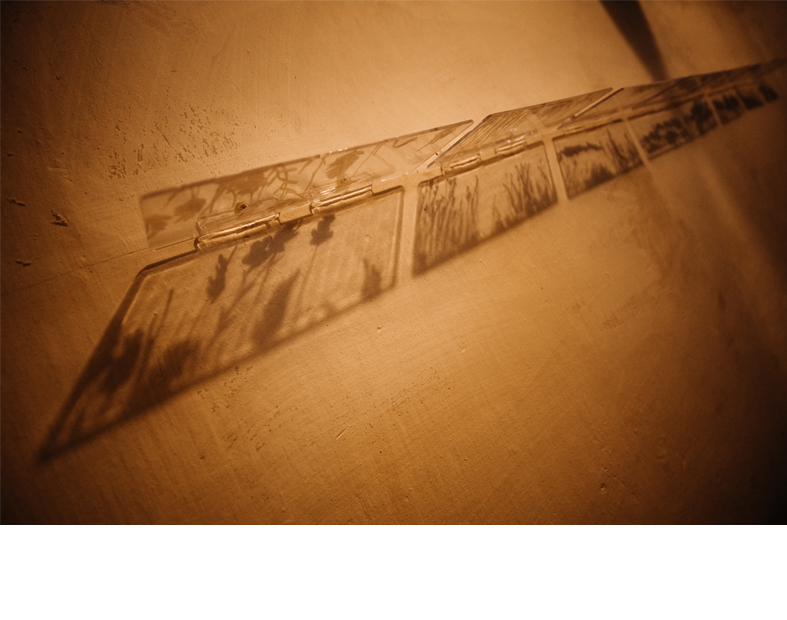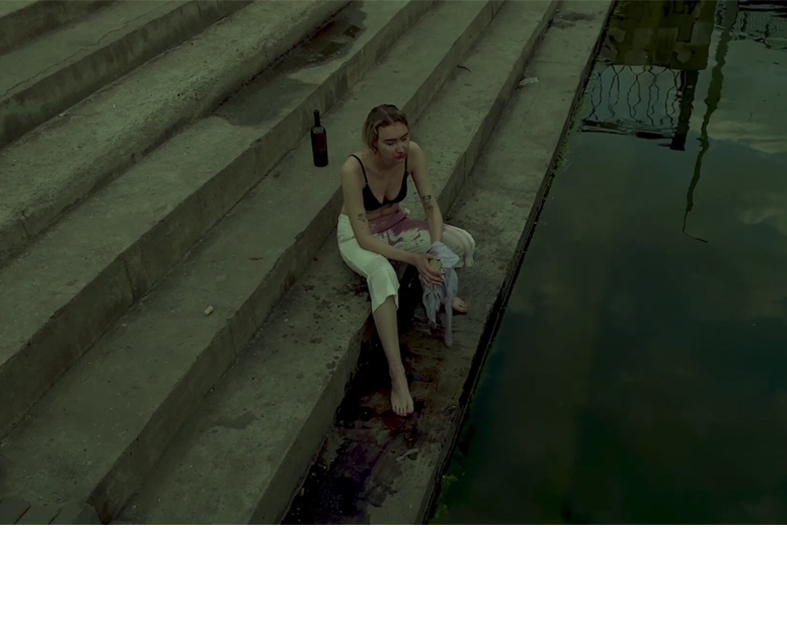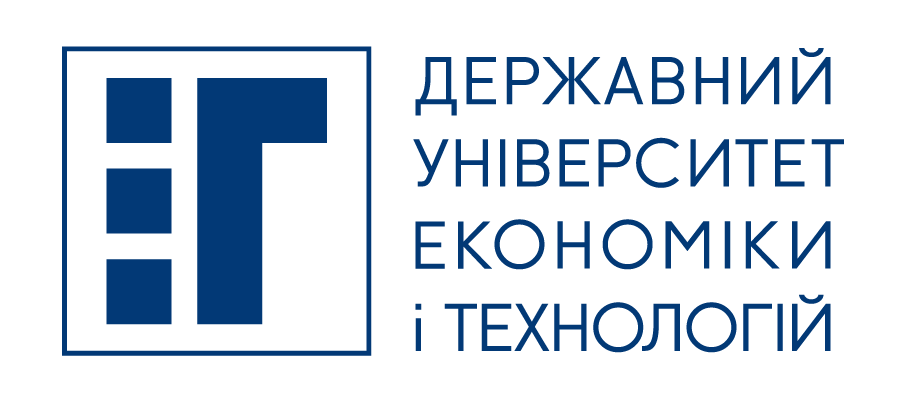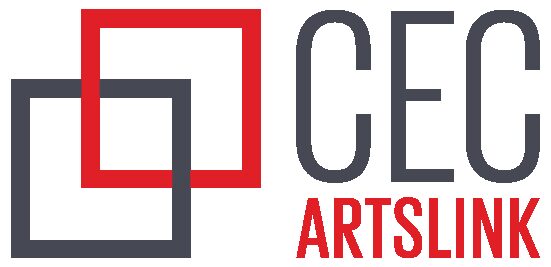Drawing on the experience of Ukrainian society, we can define resistance as daily practices that enable people to defend their virtues and dignity. The exhibition “Resistance” aimed to show the changes in society and to trace the transformation of the reality in which we live through the prism of artistic practices. Artistic practices at the intersection of different media, that include different disciplines or have been changed in response to the challenges that have taken place in Ukraine and the world over the past three years, were presented at the exhibition.
Taking the artistic practices as a process aimed at prototyping potential models of interrelationships in society, the exhibition Resistance aimed to start researching resistance practices. How does a society at war understand resistance? What is resistance as a reactive and proactive practice? What can we learn from resistance practices that emerge in times of war? How do our current practices of resistance shape (reflect) our vision of the future and create it?
The exhibition featured ten artists whose works can be divided into several subtopics or thematic fields: work with memory, memorization processes; way how society sees itself -the works where the viewers, to a certain extent, are also the participants in the creation; trauma, traumatic experiences and their impact on the human mind, the internal states in which we live now. The exhibition was displayed from November 10 to December 10, 2023, at the State University of Economics and Technology Shelter, Kryvyi Rih.
Curators: Yuriy Kruchak, Yulia Kostereva.
Artists:
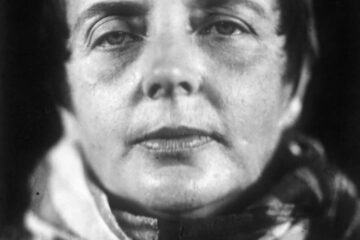
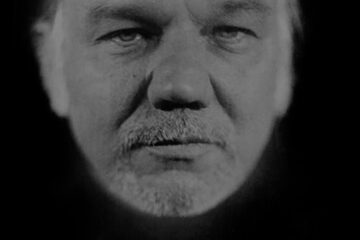
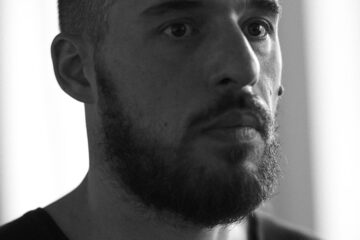
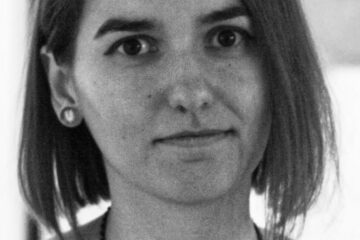
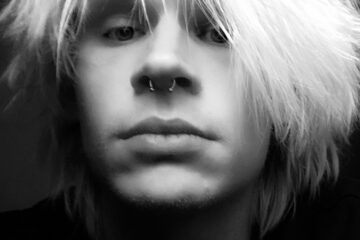
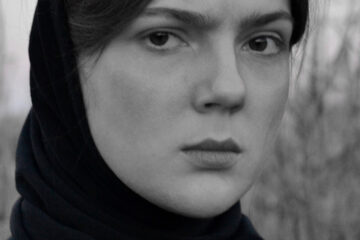
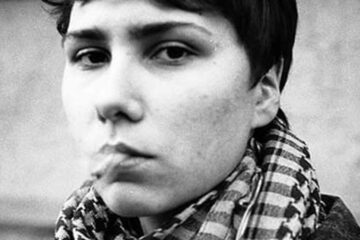
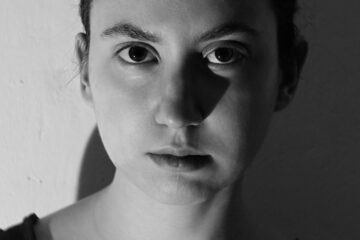

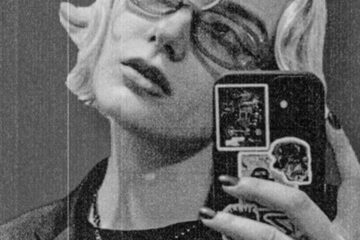
Works
Interview with the curators of the exhibition
Yuriy Kruchak — artist, curator. Yuriy Kruchak studied Scenography at Kharkiv State Art College and environmental design at the Kharkiv art-industrial Institute (currently Kharkiv State Academy of Design and Arts). He received a Master’s degree in Painting from the National Academy of Fine Art and Architecture in Kyiv (1999). Got the scholarship Gaude Polonia (National Center for Culture Poland) in 2018. Kruchak’s professional interests include interdisciplinary and post‑artistic practices. Yuriy Kruchak is working in the fringes between art and social studies, and his artistic strategies depend on specific problems and usually engage different communities in the creative process.
Yulia Kostereva — artist and curator. She graduated from the National Academy of Fine Art and Architecture, Kiev, Ukraine in 2001. The works of Yulia Kostereva, which are often realized in the forms of installations, objects and joint actions, focus on history and stories related to a place, an object or a person. Her practice concerns both the visual arts and the art of interaction.
Yuriy Kruchak and Yulia Kostereva are founders of the interdisciplinary platform Open Place Kyiv, Ukraine (1999).
COMPETITION WITHIN THE PROJECT AND THE WORKS PRESENTED
Julia Kozak: Who might be interested in the exhibition?
Yuriy Kruchak: These are artists, people interested in contemporary culture, the development of Kryvyi Rih, the creative cluster, and the cultural sector in general, as well as young people and students, particularly those of the State University of Economics and Technology, where the exhibition is held.
Julia Kozak: What is the idea and theme of this exhibition? What criteria were used to select the works?
Yulia Kostereva: The artists were selected based on an open call. In the open-call text, we tried to be as precise as possible about the artistic practices we were looking for, namely, artists’ reactions toward Ukrainian society’s transformations. The exhibition aimed to show works that manifest changes in artists’ strategies or new approaches. Through the artists’ work, the exhibition also explores the changes in society during the war.
We had 74 applications from artists and artistic collectives. The proposed visions of the topic of the exhibition “Resistance” were quite diverse. It was also interesting to see how artists form their ideas about a particular topic. The media environment partially projects our perception of a topic or our idea of it, and one of the tasks of the exhibition was to reconfigure the topic of resistance to talk about a more subtle matter. Some of the proposed works reproduced what was on the surface and what was produced by the media but did not bring anything new to the topic.
Yuriy Kruchak: This exhibition is part of our wider research. It concerns changes in artistic practices in Ukraine. Art and culture change along with society. Ukraine is currently experiencing tremendous changes, primarily due to the war. These processes are also connected with decolonization, with the rejection of the paradigms in which Ukraine has lived for the last hundred years. These changes are also related to the fact that artists and cultural managers are actually becoming subjects. That is, they do not retransmit narratives that existed before or were imposed by external actors but try to critically reflect on what has happened before and is happening now in Ukraine in an attempt to take a proactive stance.
The broad scope of our research is also related to the fact that society has changed and has become more proactive. The viewer has become more critical of artistic practices, and recently, we have dealt with many difficult processes of rethinking the essence of an artist’s work. What do artists create? Is this an artistic product or an environment where this artistic product can emerge in a certain dialogue? In this research, we are interested in the conditions in which artworks emerge and the process of creation. In our view, this is closely related to communication. Most of the works submitted to the competition depict the state of war by visualization of the processes taking place. For us, it was important to show how communication between an artist and society is built and how works are created in the process of this communication. In this process, not only the work as a physical manifestation is important, but also the amount of knowledge formed within such communication.
The exhibition “Resistance” became an open stage for our research. We decided to see the works of a wider range of artists outside our circle of contacts or artists whose practices we had long been familiar with.
The exhibition featured ten authors. One of the sub-themes, or the above-mentioned field of communication, is memory processes. It is about how to build the process of creating artwork to engage memorization processes. The work «How Will We Remember?» by Piotr Armianowski is particularly about this.
Another important subtheme or direction of artistic research is how society sees itself. For example, the work of Yana Krykun “Boundaries”. The author explored how we see our boundaries, our places, and our space. Yana asked people to draw the boundaries of Ukraine. This work has an important element of participatory nature when the viewer is involved in creating the work to a certain extent. This is an important feature of the practices we are researching. This approach demonstrates how communication in the form of images can become part of a larger work. The artist here acts as a communicator or mediator who manifests our ideas. And this is a vivid example of how the artist’s methodology changes.
The exhibition also features a moment of internal resistance expressed in a person’s feelings. It is important to remember the internal states we are living in now. An essential part of our research is how artists visualize the challenging processes they are in. The works include “Impossibility of Forgetting” by Maryna Chaika and “Blackout” by Olena Afanasieva and Max Afanasiev are about. We aim to support such methods of work and artists who activate people at a grassroots level.
Partners
The exhibition was made possible through cooperation with the Kryvyi Rih State University of Economics and Technology (SUET), which provided the premises and equipment free of charge. The members of Open Place funded the exhibition at their own expense. The artists’ fees were made possible through the support of CEC ArtsLink.

